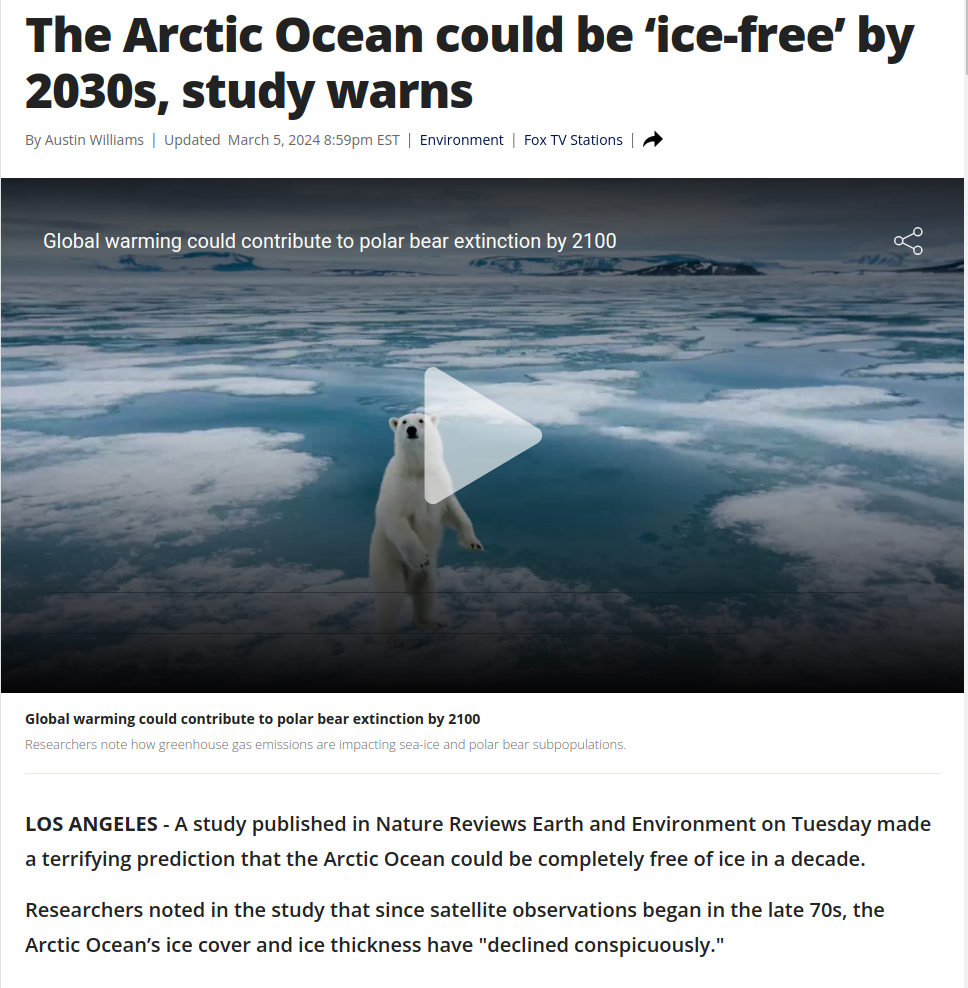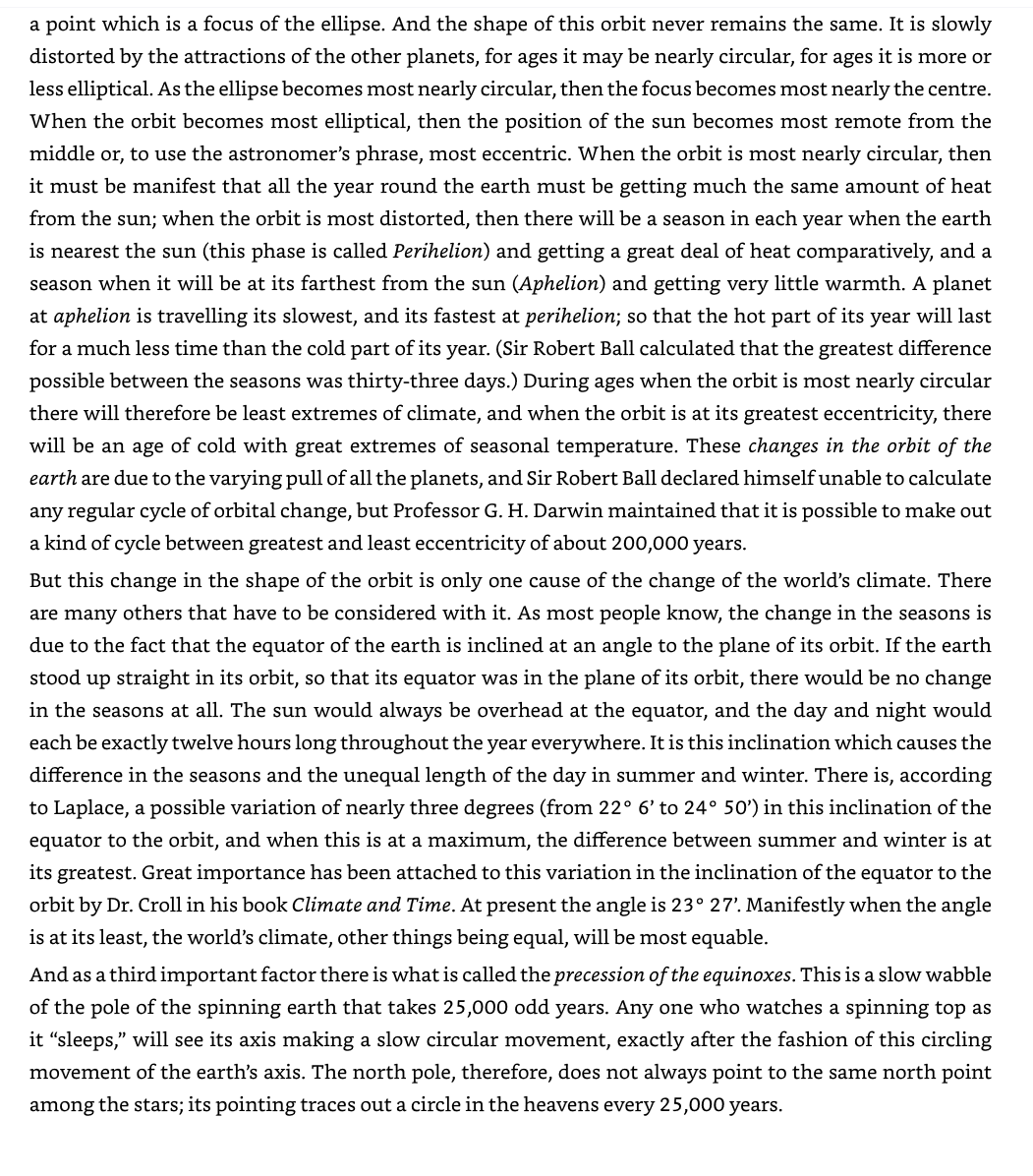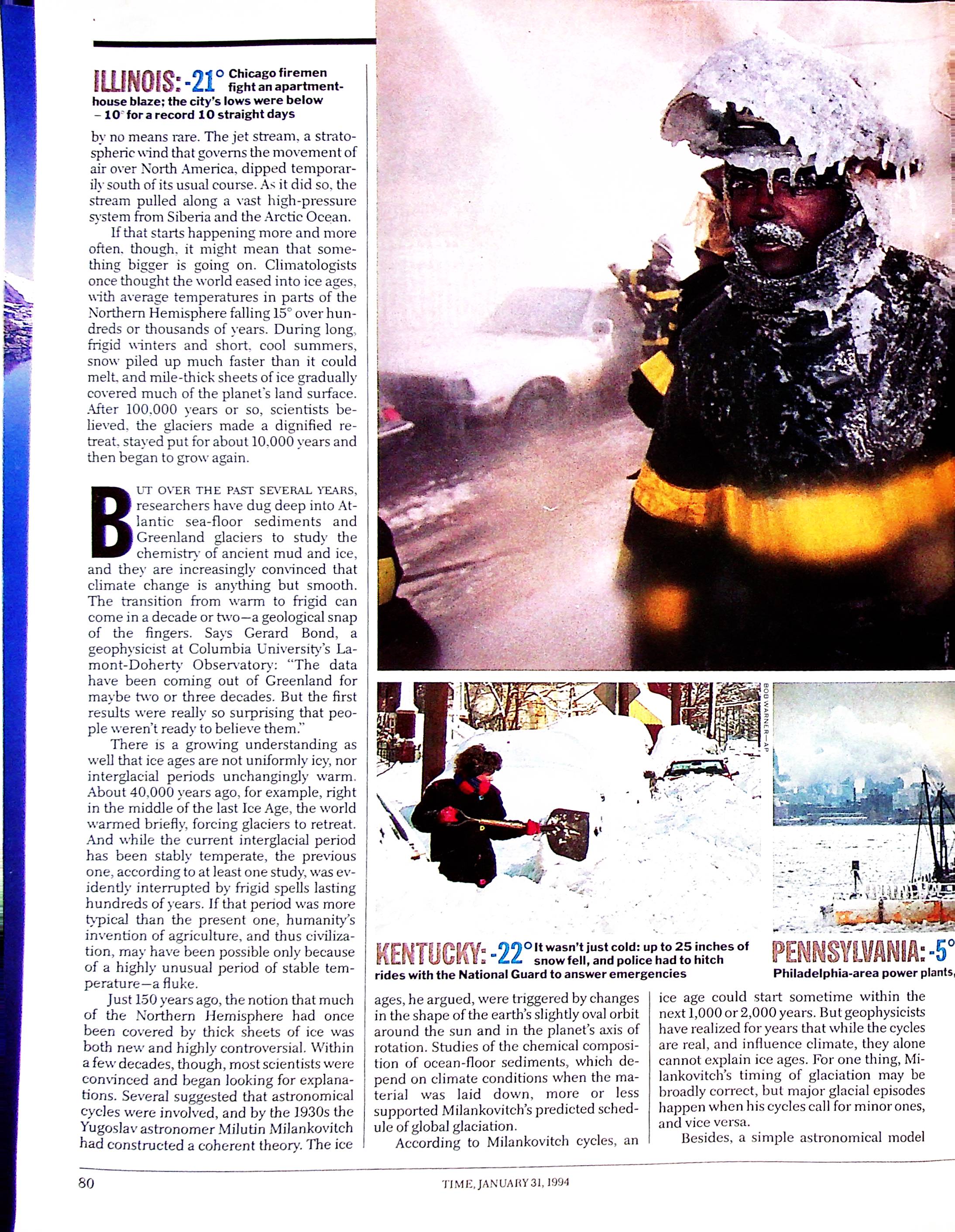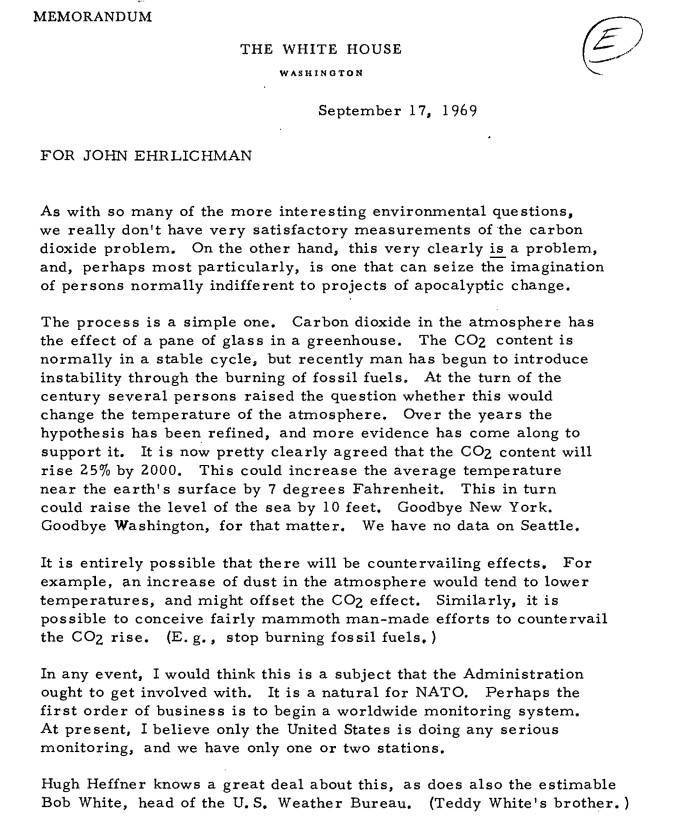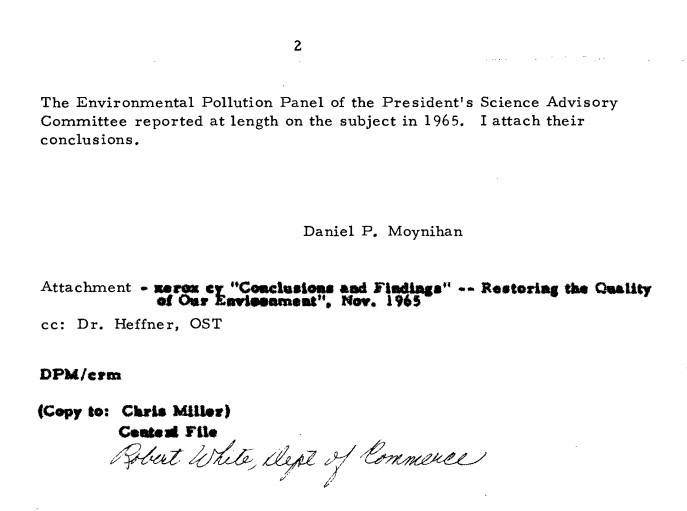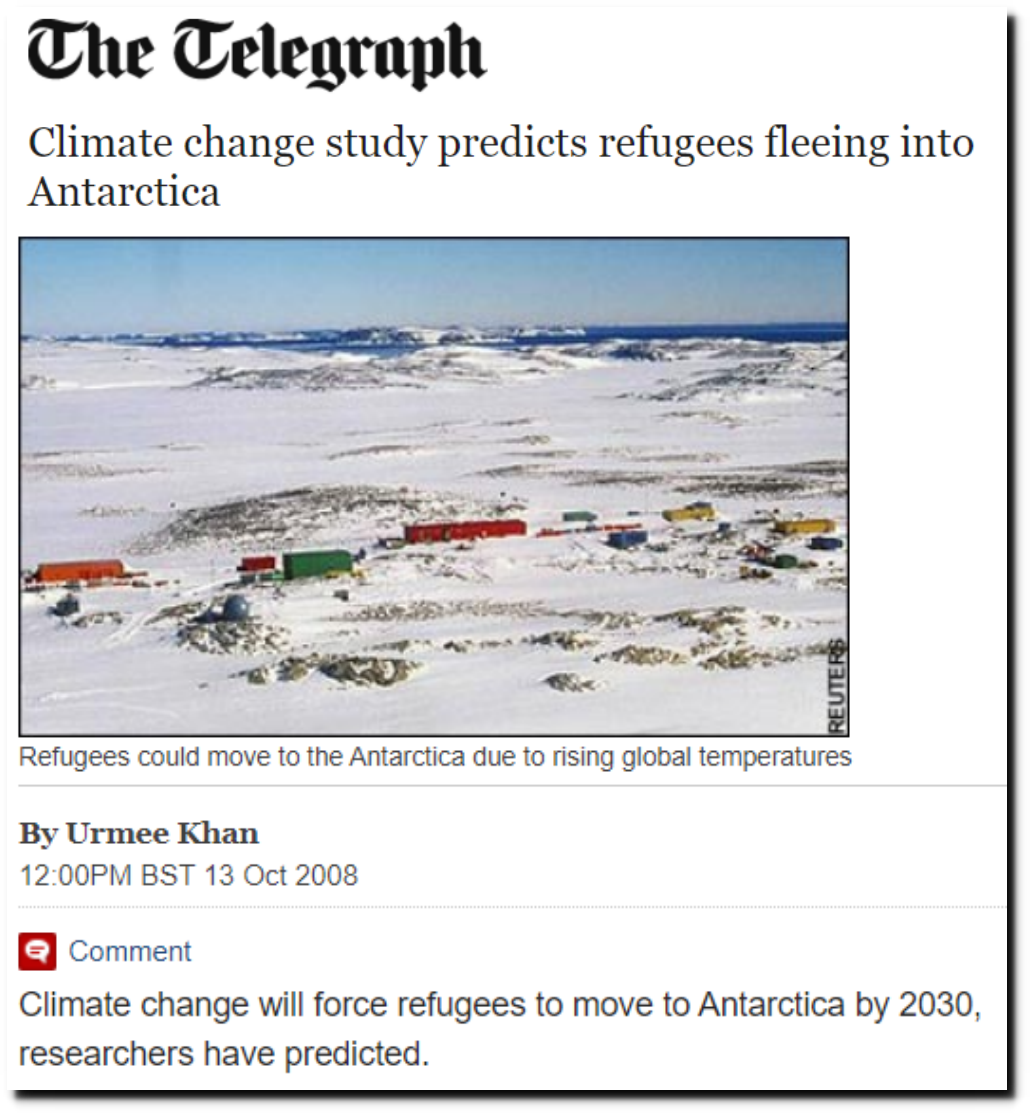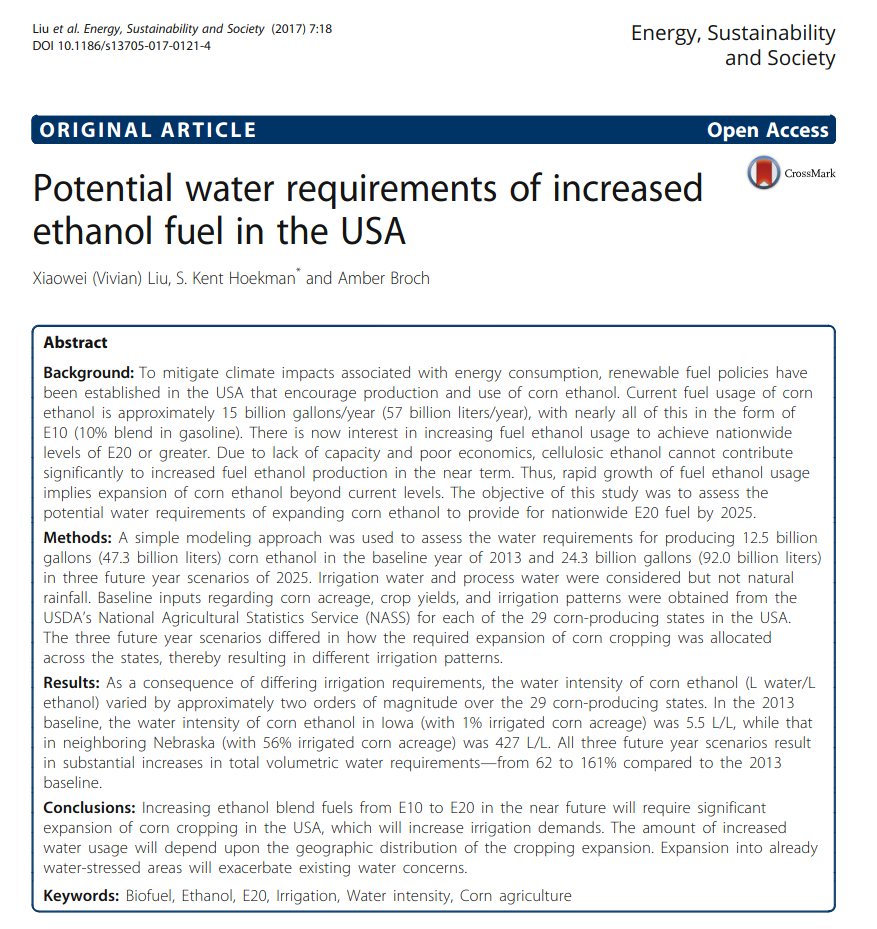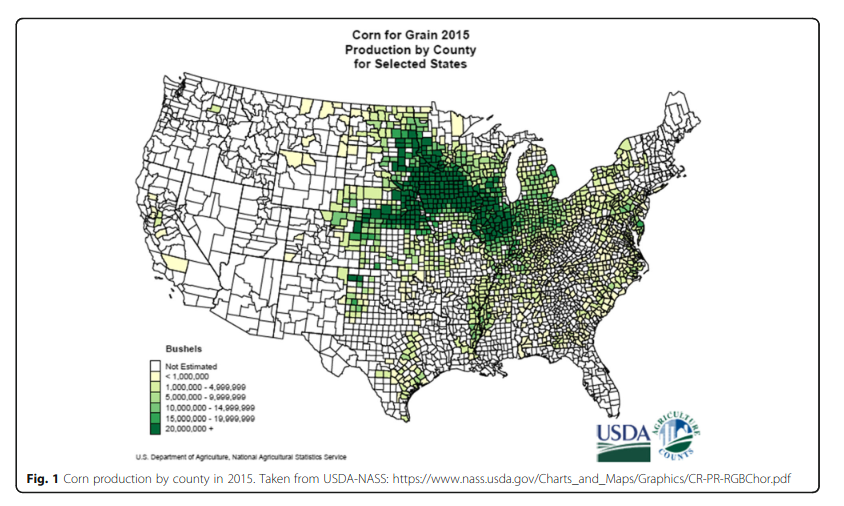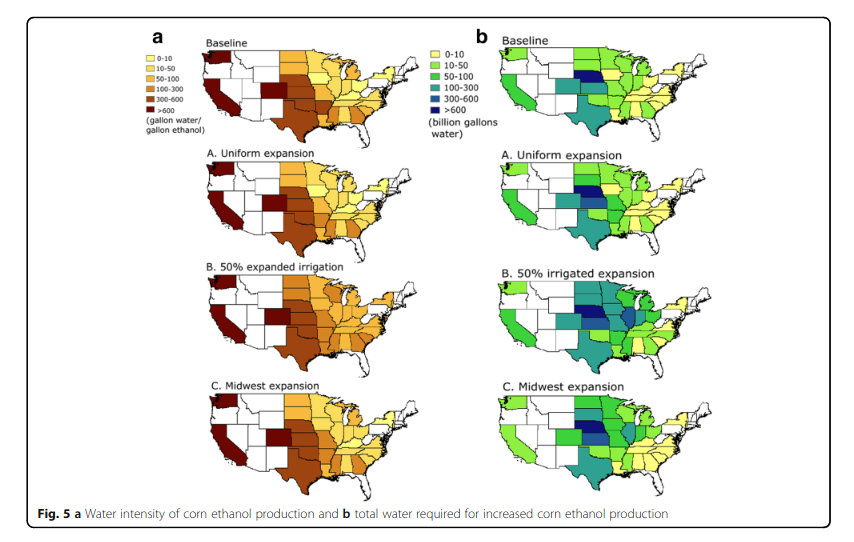The academic community is demanding censorship of the Climate Movie, and they appear to have had some success in that regard. Meanwhile, the Washington Post confirms one of the central themes of the movie – that charged particles have a large impact on earth’s temperatures.


“Northern Lights slash a surprising amount of winter energy bills. Here’s why.
High aurora activity can cause temperatures to rise and decrease energy consumption, according to a study conducted in Finland
By Kasha Patel
March 23, 2024 at 10:47 a.m. EDT
Over many Finnish winters, scientist Timo Asikainen made an observation in his grandma’s old house common to many: when it was cold, money spent on electricity went up. It turns out, though, those cold spells and his energy bills were influenced by an unexpected source in plain sight, the aurora borealis.
More than 90 million miles away from Earth, the sun is constantly spewing out charged particles in our direction, sometimes triggering the ultimate celestial light show — an aurora, also known as the northern and southern lights. Now, Finnish scientists have determined that such strong geomagnetic activity around the country can cause warmer weather and lower electricity consumption over a winter season.
In a new study, Asikainen and his graduate student Veera Juntunen found that auroral activity altered electricity consumption by as much as 14 percent in Finland. Very high geomagnetic activity led to a reduction of as much as 600 gigawatt hours of consumption compared to when activity was average — about the monthly heating energy of about 330,000 Finnish households, Asikainen said.
“Never it has been really thought that this kind of space weather effect could influence electricity consumption,” said Juntunen, the study co-author and doctoral student at University of Oulu.
How auroras affect winter temperatures
Over the past decade, Asikainen, a researcher in the Space Climate group at the University of Oulu, and his colleagues have explored how space weather can affect our planet’s weather and climate. Space weather describes the space environment between the sun and Earth, which is influenced by the sun’s electrically charged particles and can impact our technologies.
But the new study is the first to show how this space weather can effect electricity consumption on Earth.
While the sun can influence Earth’s temperatures with its ultraviolet radiation, its stream of energetic particles can also affect other aspects of our weather system — including if cold blasts of air will escape from the Arctic.
Nobody knows all the nitty-gritty details yet, but Asikainen said the journey begins where our upper atmosphere meets space. Charged particles from the sun aimed at Earth can temporarily disturb the protective magnetic bubble surrounding our planet called the magnetosphere. Solar particles can travel along Earth’s magnetic field lines into our upper atmosphere, where it excites molecules and releases photons of light that we see as an aurora.”
Northern Lights slash a surprising amount of winter energy bills. Here’s why. – The Washington Post
This idea was understood a century ago, but climate academia has become too corrupt to do actual science.
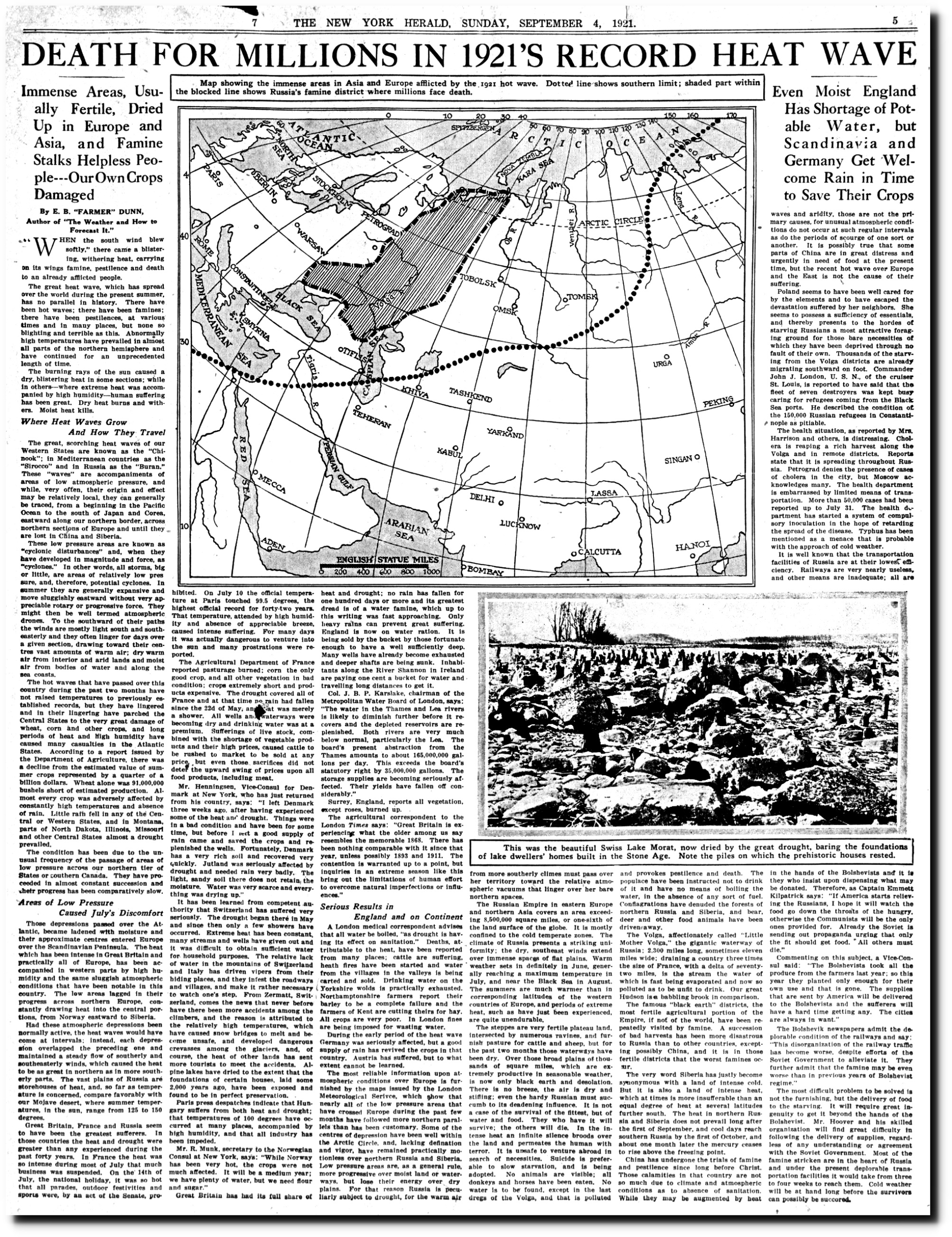
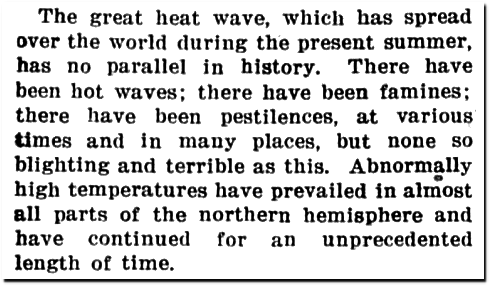
Switzerland’s Lake Morat dried up.
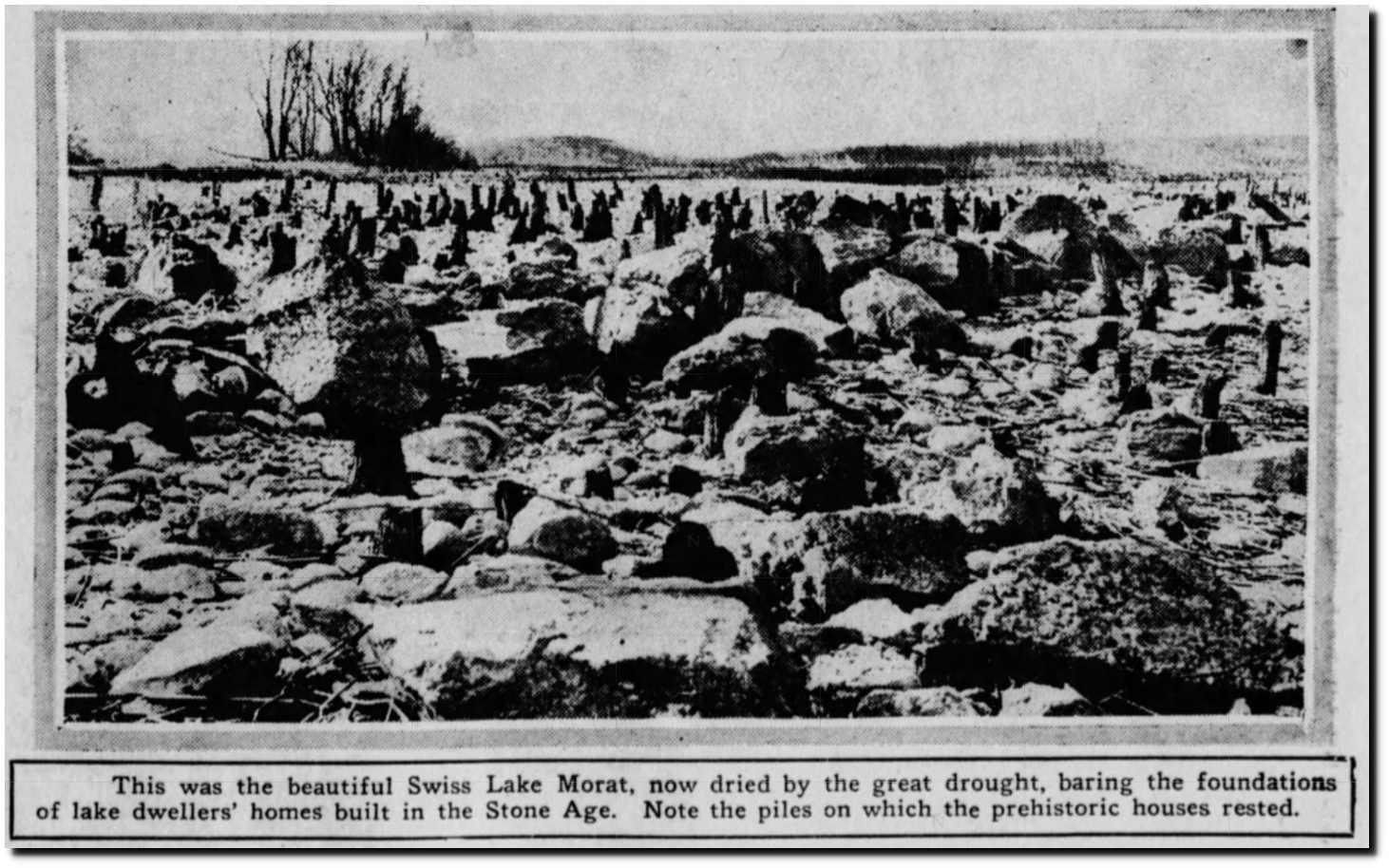
04 Sep 1921, 61 – New York Herald at Newspapers.com
This is what Lake Morat looks like now.
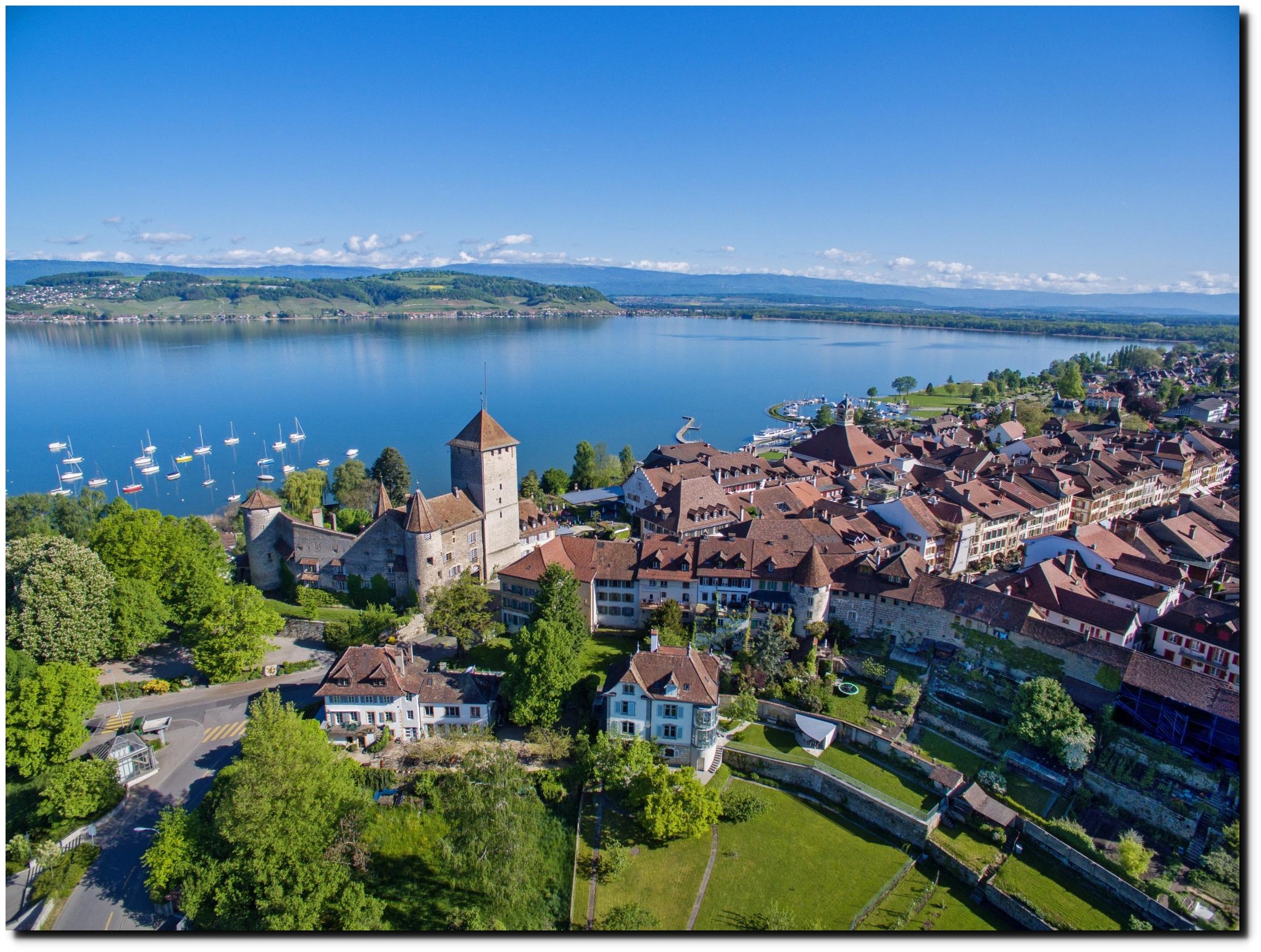
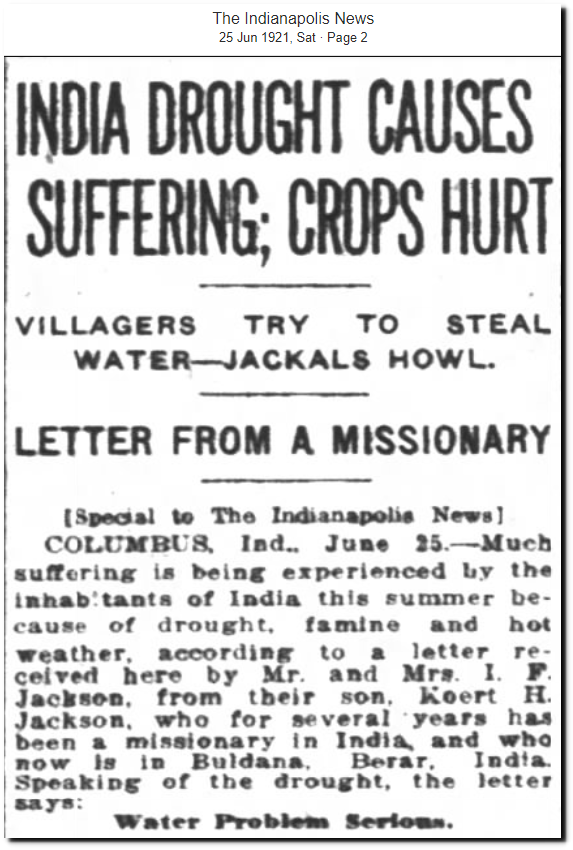
25 Jun 1921, Page 2 – The Indianapolis News at Newspapers.com
There was a large solar storm on May 15 of that year.
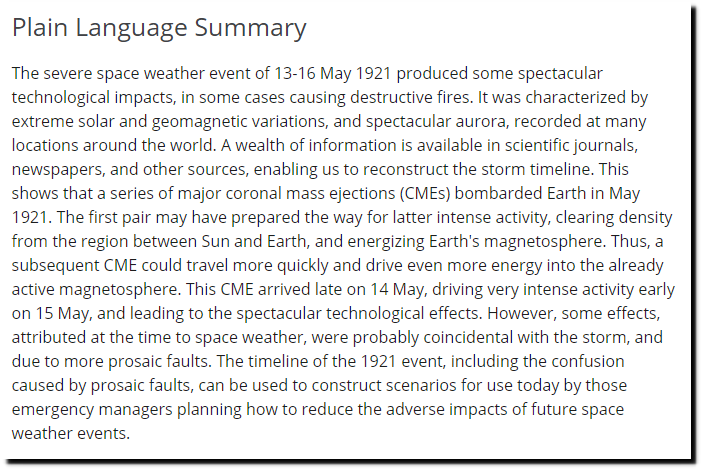
The Great Storm of May 1921: An Exemplar of a Dangerous Space Weather Event – Hapgood – 2019 – Space Weather – Wiley Online Library

(PDF) The 1859 space weather event revisited: Limits of extreme activity
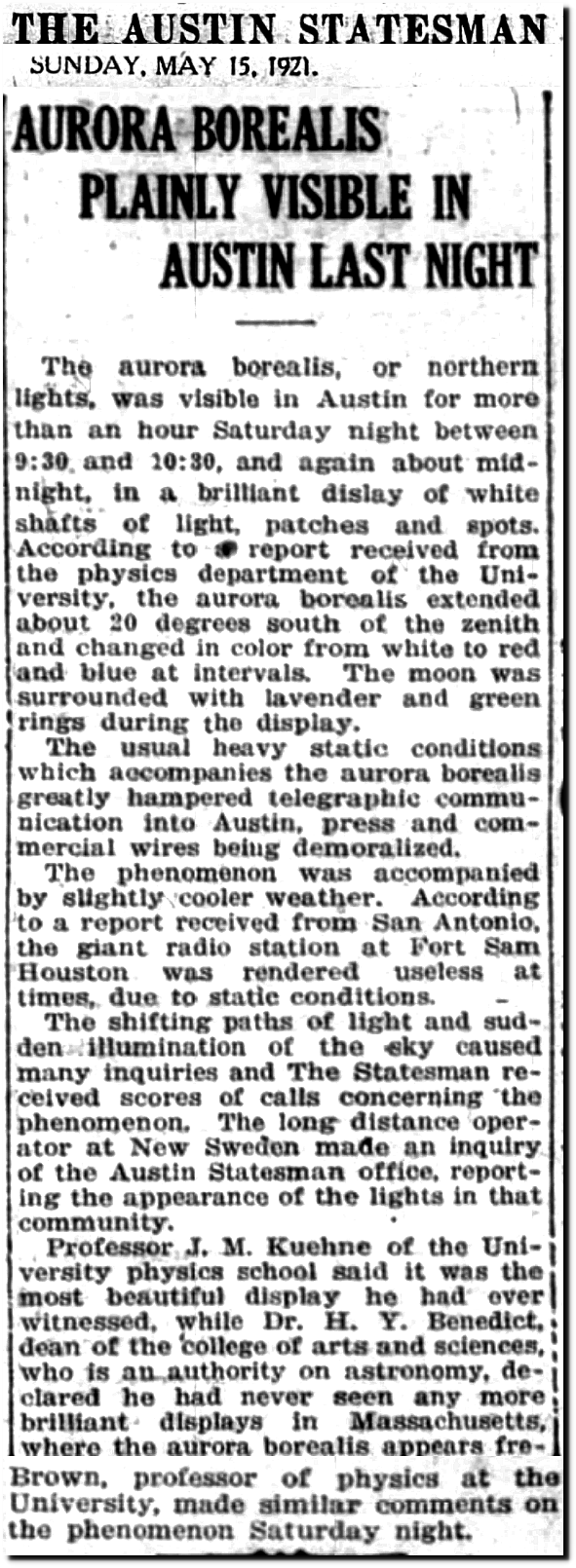
15 May 1921, 7 – Austin American-Statesman at Newspapers.com
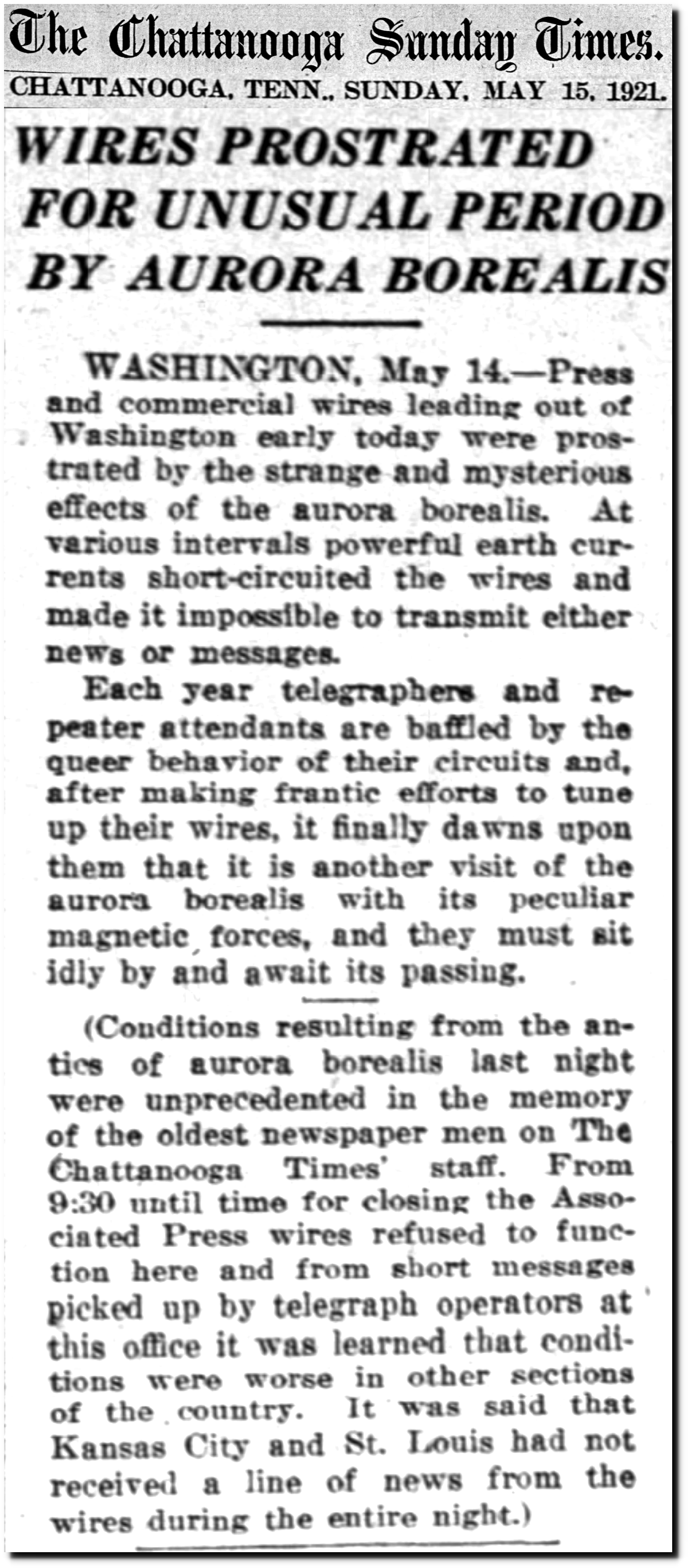
15 May 1921, 1 – Chattanooga Daily Times at Newspapers.com

15 May 1921, 55 – The San Francisco Examiner at Newspapers.com
The San Francisco Examiner devoted three pages to an explanation of how the drought was linked to behavior of the planets and the sun.
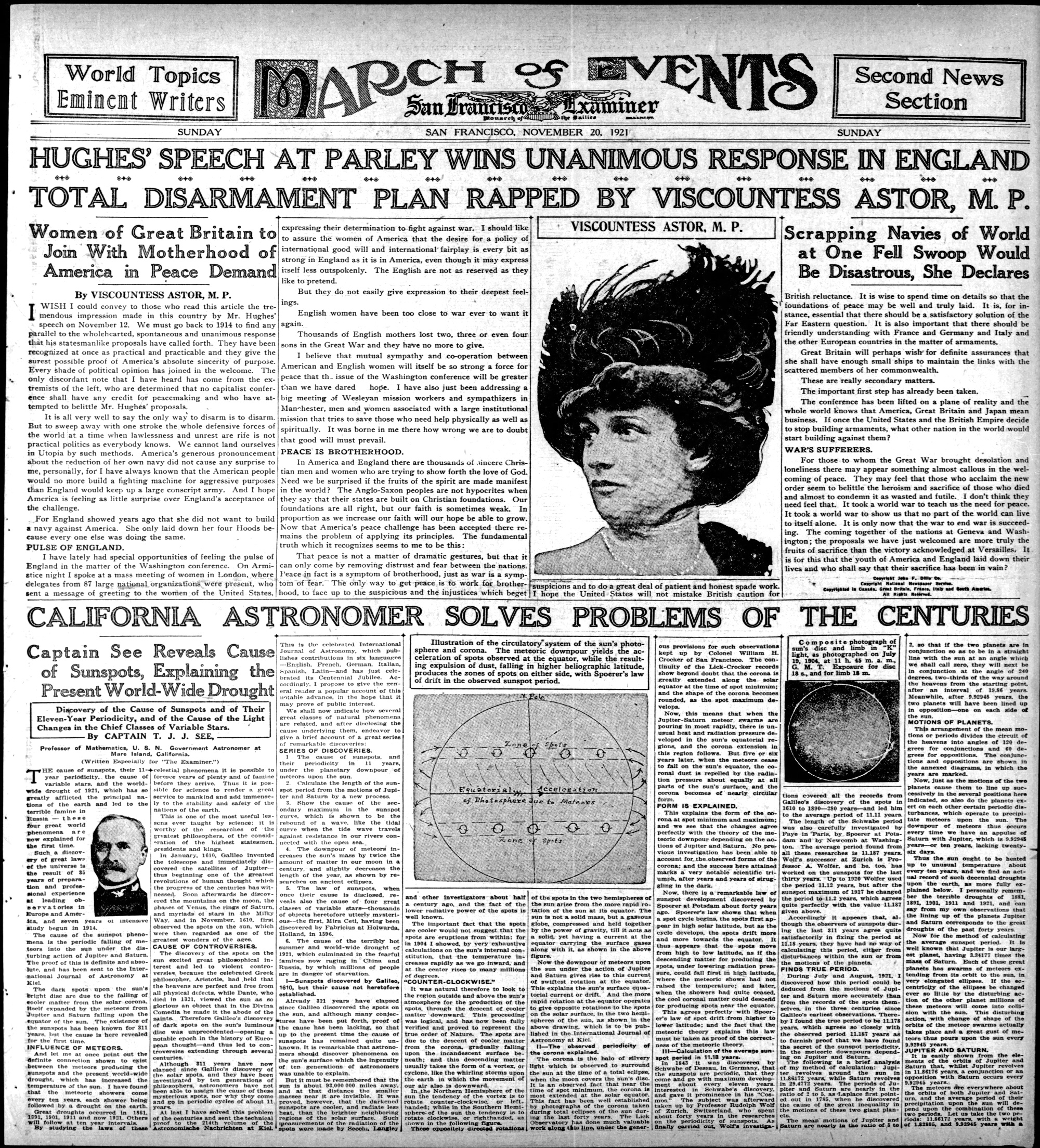


1921 was the second warmest year on record in the US, prior to data tampering.
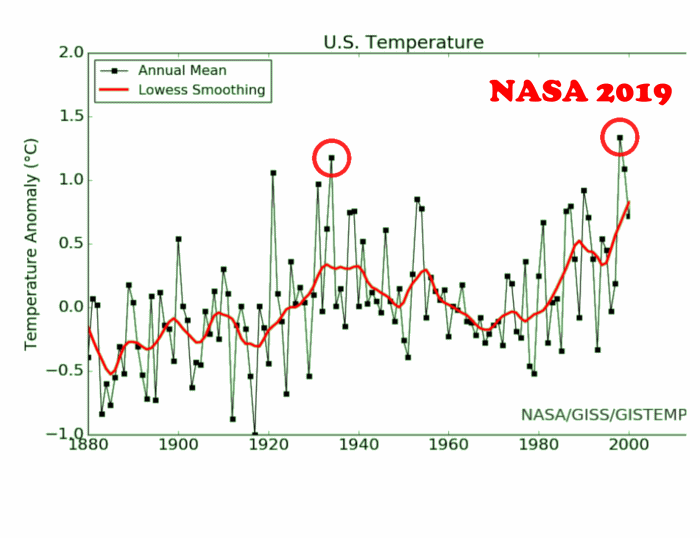
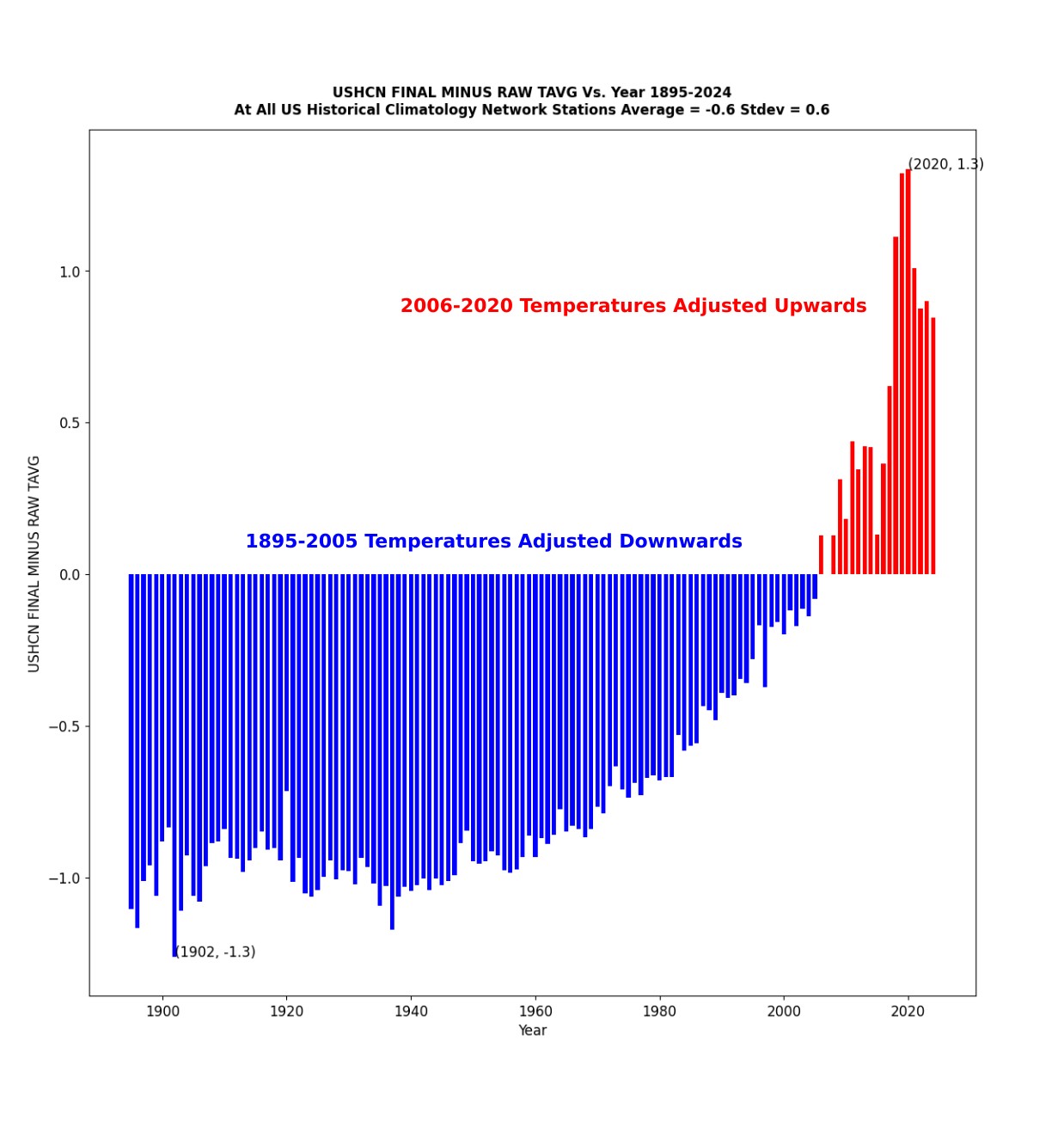
“Dust Cause of Ages of Cold
Dr. Harlow Shapley, Harvard Observatory Director, Discusses Climate Changes.
MYSTERY PUZZLE 10 SCIENCE Earth Cooled Off During Long Periods When Sun, Earth and Other Planets Passed Through Region of Dust Clouds.”
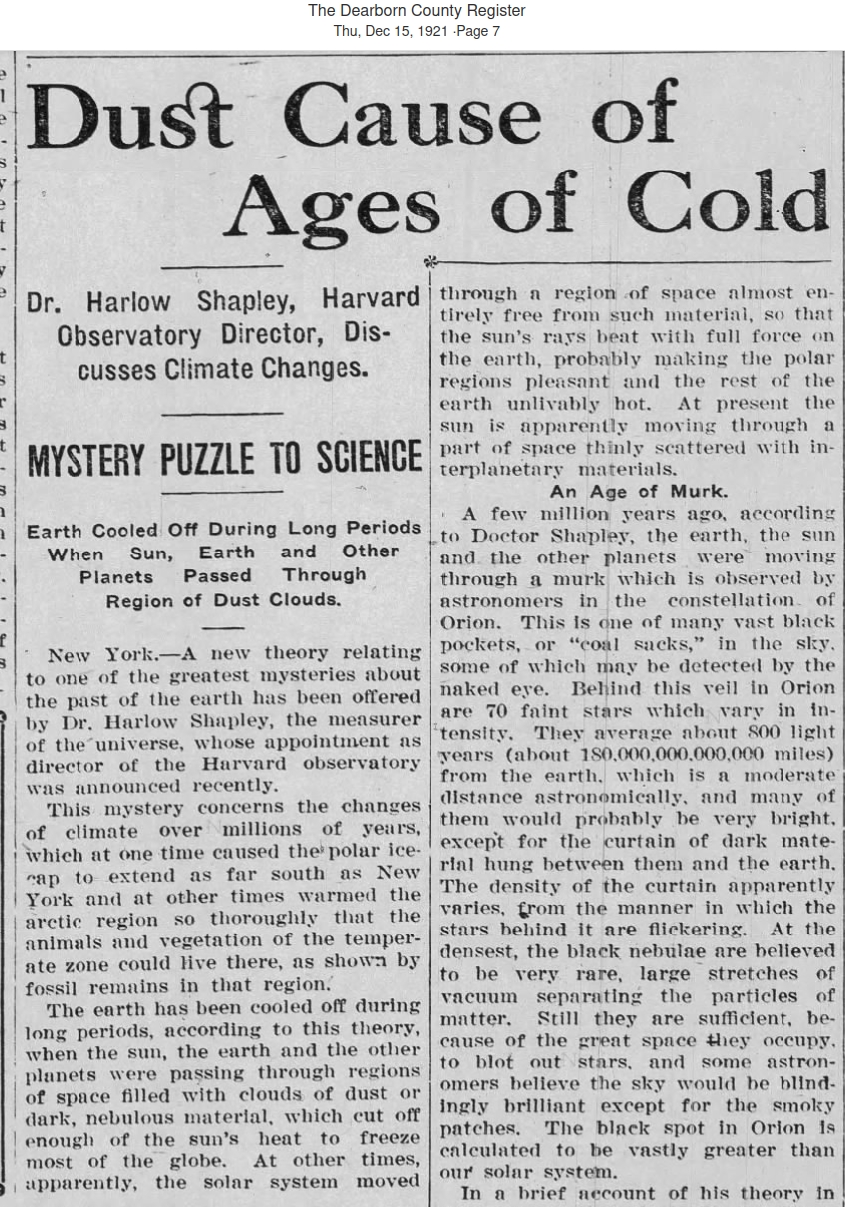
Dec 15, 1921, page 7 – The Dearborn County Register at Newspapers.com



